What type of Philippines nickel mines belongs to?
Since Indonesia banned the exportation of nickel ore at the beginning of 2020, the Philippines has become a major supplier of nickel exporter.
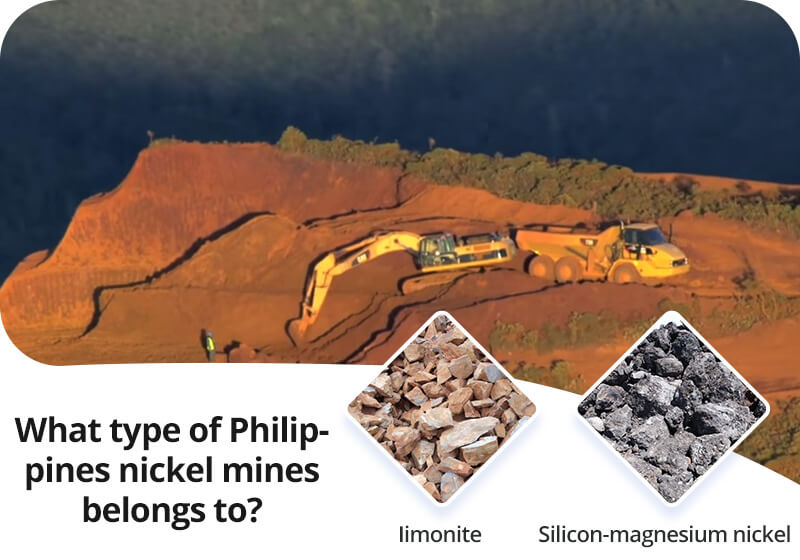
The Philippines is the main producing area of lateritic nickel ore. This type of nickel ore has a complex composition which can be roughly divided into two types: limonite and silicon-magnesium nickel. It is accompanied by only a small amount of cobalt but without sulfur and calorific value, and easy to mine in the open pit.
How to process Philippines nickel ore step by step?
Generally, like other ore beneficiaiton plants, laterite nickel ore processing needs several stages includes ore washing, crushing and screening, milling by ball mill, magnetic and froth flotation separating and drying and melting. The distribution of useful mineral nickel varies with the nature of the ore. Most useful minerals are rich in fine-grained grades, and you can learn that from Philippines BNML limonite with +50mm whose nickel grade is as high as 2.89%.
Stage one: washing nickel ore with fine and coarse material screw washer
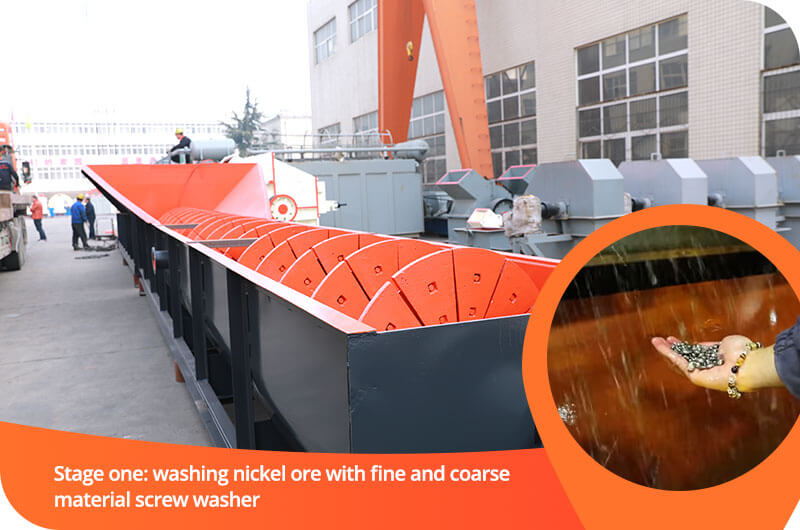
laterite nickel ore mostly exists in sapropelic deposits, and the content of laterite nickel increases with depth. The raw nickel ore is always companied by clay and impurities. The washing ore process can remove clay and impurities before crushing and beneficiation operations, which improves operating efficiency and helps to obtain high-grade nickel concentrate.
The ore washing equipment used in laterite ore mainly is a coarse and fine material screw washer. It can help you realize wash, classify and dewater lateritic nickel ore with -10mm or 3/8" in one time. Compared with other ore washing machines, screw washers can retain more fine-sized products because of the unique design of sand recovery units, which greatly increases washing efficiency.
Stage two: crushing ore with optimal crushing equipment-cone crushers
The crushing process is necessary because when raw laterite nickel ore is excavated, it is often accompanied by columnar rocks with incomplete weathering and with large size. After crushing, the huge block of nickel ore would be reduced to a small size, which ideally avoids screen mesh blocking.
A Cone crusher is the best machine to crush nickel ore. The lamination crushing principle makes the particle shape of the product even and excellent. In the process, a primary cone crusher can reduce the material size to -5 inches, and then a short head cone crusher makes a further reduction to -1/2" in size. Various types of crushing chamber perform high adaptability. And the most outstanding feature is that its large head displacement allows a greater volume of material flow at every circle.
Stage three: grinding the nickel ore by ball mills
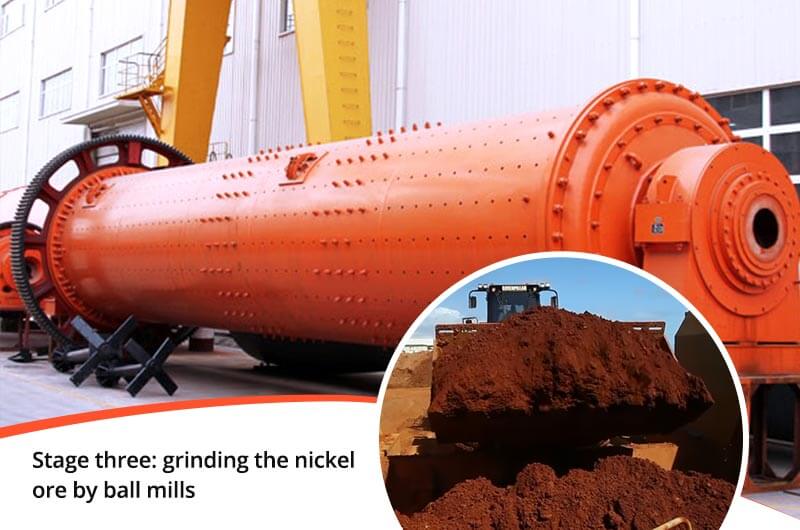
After crushed by cone crushers, the nickel ore is then ground to -100 mesh in ball mills.
Ball mill is used for wet or dry grinding ores and other raw materials, it can give a controlled final grind and produce flotation feed of a uniform size. It is operated in a closed circuit with a particle-size measurement device and size-control cyclones which can send correct-size material onto flotation.
Stage four: Wet magnetic separation and froth flotation
Wet magnetic separation is applied to get separated pyrrhotite. After that process, the pyrrhotite with -100 does not meet the requirements of froth flotation, which means that it should be reduced to -200 mesh in a ball mill, and the classification can be accomplished with screens and cyclones.
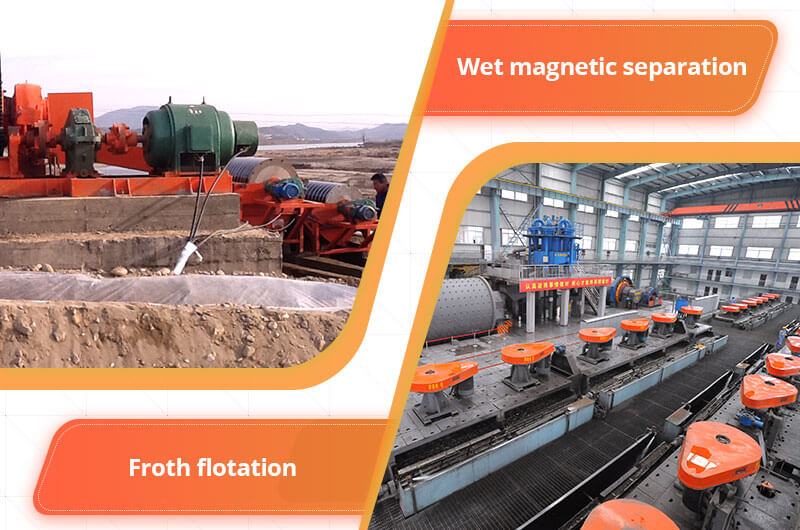
The next step is to send -200 mesh pyrrhotite to froth flotation equipment which can produce 3% nickel concentrate. But that is not the end, the left nonmagnetic ore should be sent to a series of rougher, cleaner flotation cells, and from that, you can get around 31% copper concentrate. And the end, the tailings can be also used to recover the nickel by being sent to another flotation cell, thus the concentrate is combined with the 3% nickel concentrate to produce a 12% nickel concentrate.
Stage five: Rotary kiln -electric furnace reduction process
Drying by rotary dryer and rotary kiln. Philippines nickel ore contains a large amount of moisture, drying process is important and necessary. A rotary dryeris typically used to remove free moisture from the crushed nickel ore, and once nickel ore has been dried, it is processed in a rotary kiln to remove chemically bound moisture and the oxide component of the ore. That process is called pre-reduction. In order to avoid the formation of olivine above 800°C, the final plan is to control it at 770°C in the rotary kiln.
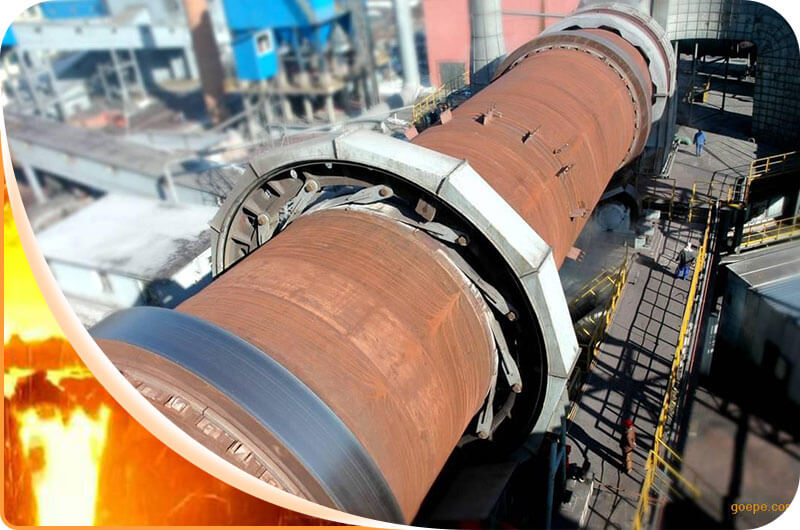
Reduction Smelting After processed by the rotary kiln, nickel is further reduced and smelted in an electric furnace. If you want to increase the grade of crude nickel-iron in the electric furnace to 35%, you can adopt the technology which cancels the blending of limestone flux. But you must focus on characteristics of laterite ore, the physicochemical reaction in the furnace, and other economic indicators.
When finishing the smelting step, the material would be fed into the rotary cooler at the end of the cylinder and cooled directly. By showering the material through a cool air stream, or by spraying water onto the external surface of the cylinder, the final nickel product is then discharged at the other end.
The development of nickel laterite mines needs to consider the differences in nickel ore types, cobalt content, as well as the local supply of fuel, water, electricity, and chemical reagents.
From a global perspective, the Pre-reduction of Rotary Kiln &Electric Furnace Reduction is still in a dominant position in the development of laterite nickel mines.
Get Latest Price of ALL MachinesIn which fields nickel ore is widely used?
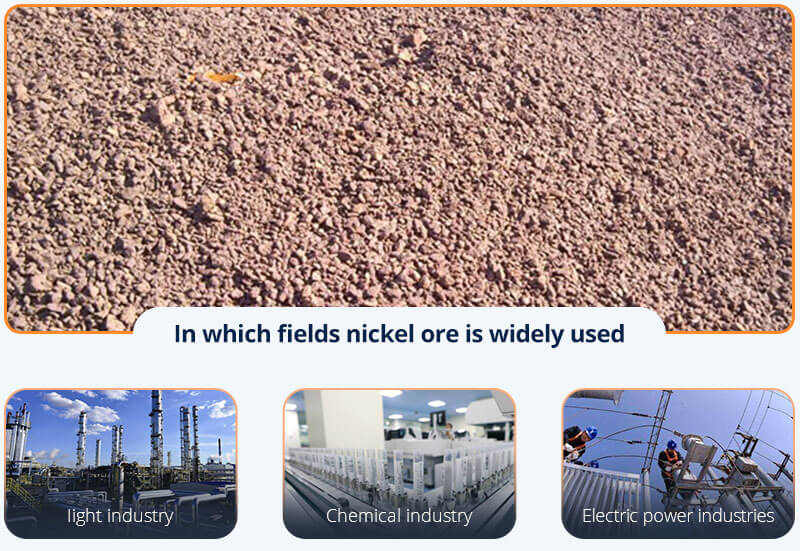
Because nickel is corrosion, oxidation, high-temperature resistant, and has high strength and good ductility, it has a wide range of applications, especially in stainless steel and heat-resistant steel. In the current consumption of nickel, the iron and steel and non-ferrous metal smelting industries account for about 65% to 70% of the total nickel consumption.
In light industry, bicycles, medical equipment, and daily necessities account for about 12% to 15% of the total consumption.
Heavy machinery manufacture, chemical industry, petroleum, and electric power industries consume the amount of about 10% to 12% of the total use.
Products such as rechargeable batteries, foamed nickel, and active nickel hydroxide used in high-tech fields also have large demands for nickel.

